#edwin porter
Explore tagged Tumblr posts
Text

James Searle Dawley: “Rescued From an Eagle’s Nest” 1908
24 notes
·
View notes
Text


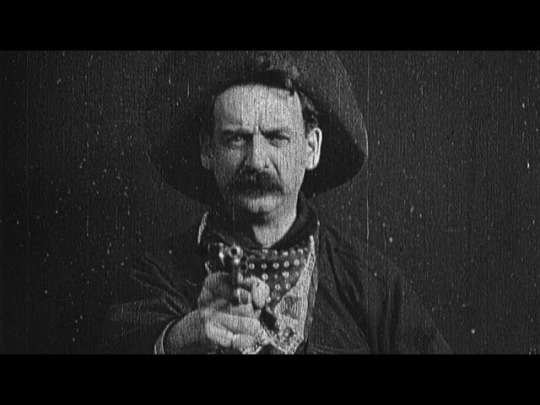
Primi piani nel cinema
0 notes
Text
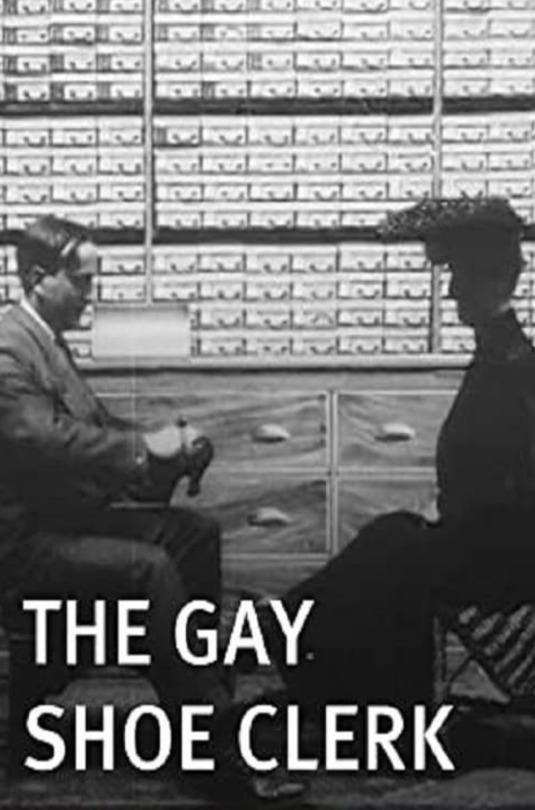
#polls#movies#the gay shoe clerk#1900s movies#old hollywood#edwin s. porter#edward boulden#requested#have you seen this movie poll
88 notes
·
View notes
Text
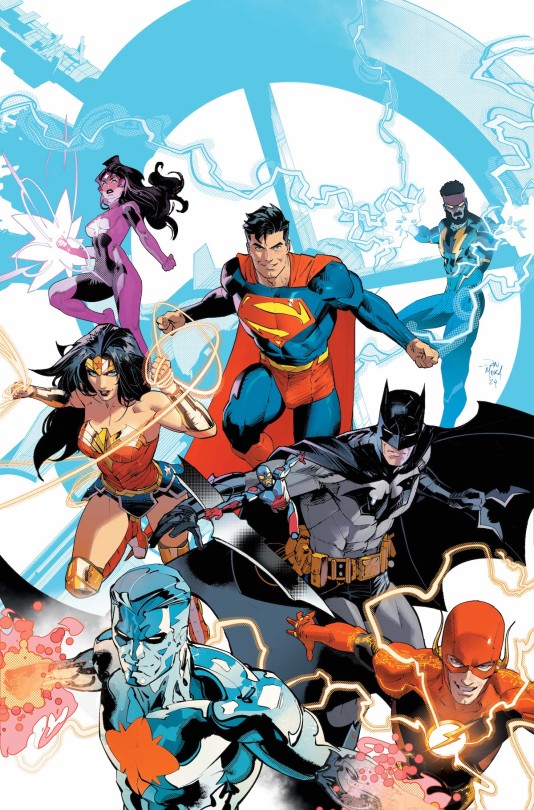
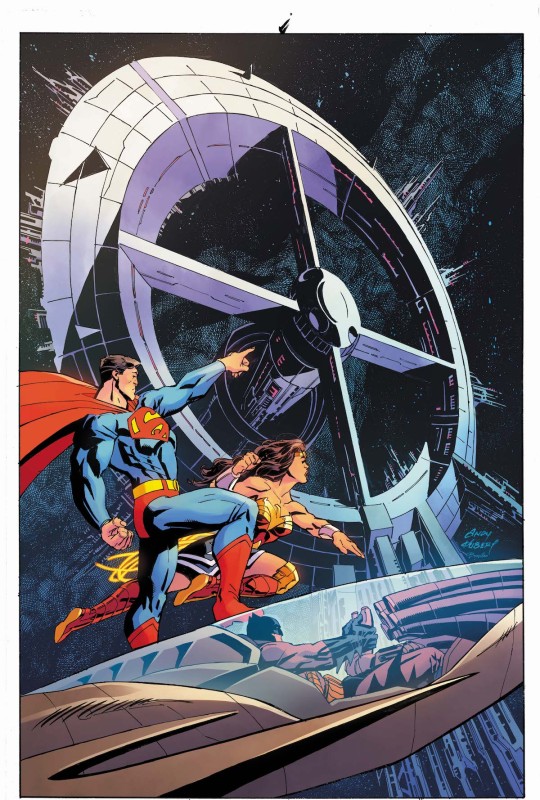

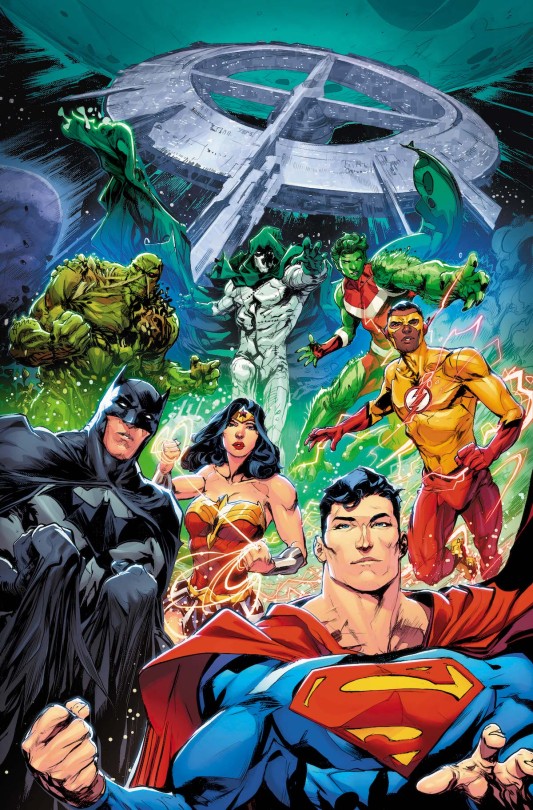

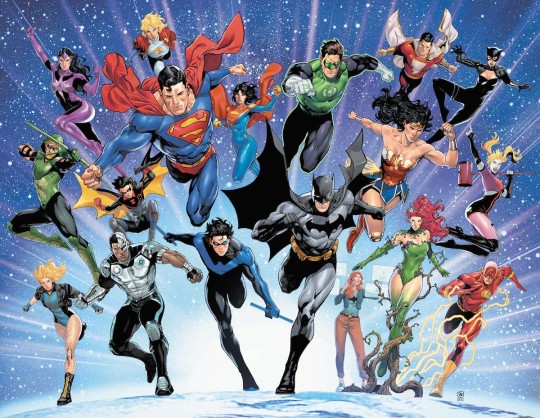
Justice League Unlimited #1 by Mark Waid and Dan Mora. Cover by Mora. Variant covers by (2) Andy Kubert, (3) Dave Wilkins and (4) Howard Porter. Wraparound variants by (5) Edwin Glamon and (6) Daniel Sampere. Out in November.
"The Watchtower rises! The Justice League is back and bigger than ever! In the wake of Absolute Power and the DC All In Special, Darkseid’s death has triggered a massive power vacuum in the DCU, and Superman, Batman, and Wonder Woman must unite like never before and expand the Justice League to encompass every hero championing the forces of good in the face of incredible evil! As our heroes work to uncover the mystery of the dark lord’s successor, Ray Palmer’s Atom Project triggers a race between hero and villain to control the fate of metahuman abilities on planet Earth, which threatens to destroy everything the League has built. Worlds will live, worlds will die, and a surprise is waiting in store on the last page… Do not miss the dawn of the new era of justice—it all begins here!"
#justice league unlimited#jlu#justice league#wonder woman#superman#batman#dc comics#mark waid#dan mora#andy kubert#dave wilkins#howard porter#edwin galmon#daniel sampere#variant cover#comics
60 notes
·
View notes
Text
Not wrestling related, but…..are there any BEANZ on here still?👀 I’m trying to see something
37 notes
·
View notes
Text
how it feels hc another fictional man as left handed



#regulus black#viktor arcane#gus porter#edwin payne#People think Eddie Munson writes with his left hand for the bit but he actually just has dogshit handwriting (projecting)#eddie munson
12 notes
·
View notes
Text
The Walking Dead Awards Pt 1. (But with favouritism, opinionism and I’ve only watched up to season 7)
Most attractive male character- Carl Grimes
Most attractive female character- Michonne Grimes
Smartest(highest IQ) character- Eugene Porter/ Doctor Edwin Jenner
Dumbest character- Sam Anderson/ Andrea Harrison
Character that made the biggest mistake- Rick Grimes
Most traumatized character- Carl Grimes
Best golden retriever character- Jerry
Best black cat character- Daryl Dixon
Best character development- Father Gabriel
Best canon ship- Richonne
Worst canon ship- Carnid
Best fanon ship- Rickyl
Worst fanon ship- Still Carnid
Most badass male character- Rick Grimes/ Daryl Dixon
Most badass female character- Michonne Grimes/ Carol Peletier
Most coward character- Sophia Peletier/ Eugene Porter
Best actor/s- Andrew Lincoln/ Norman Reedus
Best villain- Negan Smith
!These are my opinions! Fight me if you want but I ain't budging unless you make a valid point! Any other awards I should give out?
#twd#the walking dead#andrew lincoln#norman reedus#sophia peletier#negan smith#eugene porter#michonne grimes#carol peletier#rick grimes#daryl dixon#carl grimes#cegan#rickyl#carnid#richonne#jerry#father gabriel#sam anderson#andrea harrison#docter edwin jenner
54 notes
·
View notes
Text
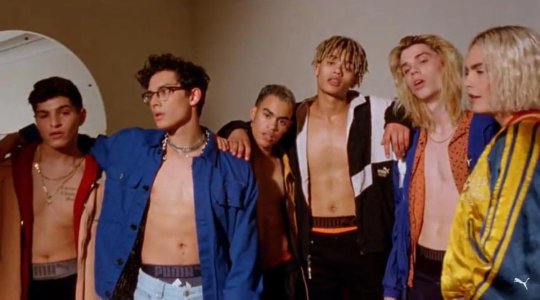
12 notes
·
View notes
Text


The Dance scene from "The Great Train Robbery" (1903) by Edwin S. Porter
3 notes
·
View notes
Text
was anyone a prettymuch stan… #callingallBEANZ
my favourite problematic, unknown, 2018 era boyband😄🙏
I love brandon he was my day 1 fr.

#pretty much#beanz#brandonarreaga#elizs thoughts#zion kuwonu#nick mara#austin porter#edwin honoret#boybands
4 notes
·
View notes
Link
by The_cryptid_of_bonesborough
Edwin and Charles are investigating a strange occurence of unnatural plants in the town of Gravesfield, when they stumble upon a trio of odd-looking people. They can see the two, and it is clear both the Detectives and the three witches each know things the others don't.
Words: 1165, Chapters: 1/?, Language: English
Fandoms: The Owl House (Cartoon), Dead Boy Detectives (TV)
Rating: General Audiences
Warnings: No Archive Warnings Apply
Categories: F/F, F/M, M/M
Characters: Charles Rowland (DCU), Edwin Paine | Edwin Payne, Willow Park, Luz Noceda, Hunter | The Golden Guard (The Owl House), Gus Porter
Relationships: Amity Blight/Luz Noceda, Hunter | The Golden Guard/Willow Park, Edwin Paine | Edwin Payne/Charles Rowland
Additional Tags: Crossover
#dead boy detectives#dead boy detectives fanfiction#deadboydetectivesao3feed#crossover fic#payneland#charles rowland#edwin payne#willow park#luz noceda#hunter toh#gus porter#i don't know the ship names for toh characters sorry#the owl house#rating: G#AW: No Archive Warnings Apply
9 notes
·
View notes
Text
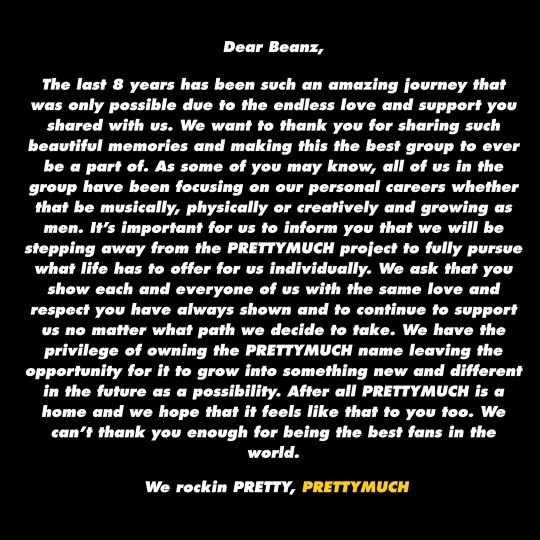
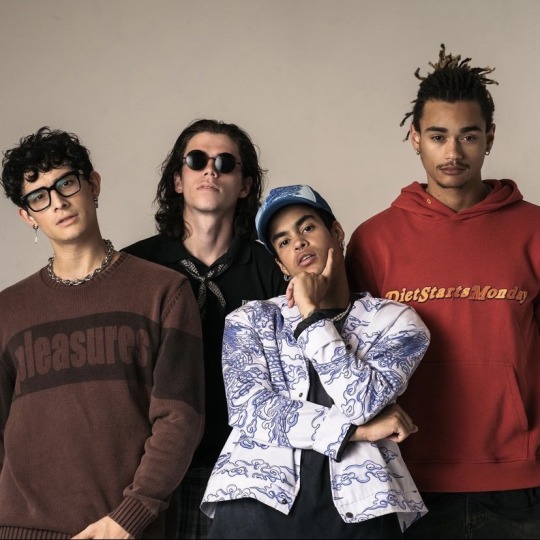
PRETTYMUCH announces that the group is going on an indefinite hiatus.
#prettymuch#austin#edwin#Zion#Brandon#austin porter#edwin honoret#zion kuwonu#brandon arreaga#this is basically a disbandment lol#according to Austin someone else left#and they couldn’t handle that financially#Brandon left the group if you’re wondering#boy group#boy band#this is my last post
25 notes
·
View notes
Text
Dread by the Decade: The Cavalier's Dream
👻 You can support me on Ko-fi ❤️
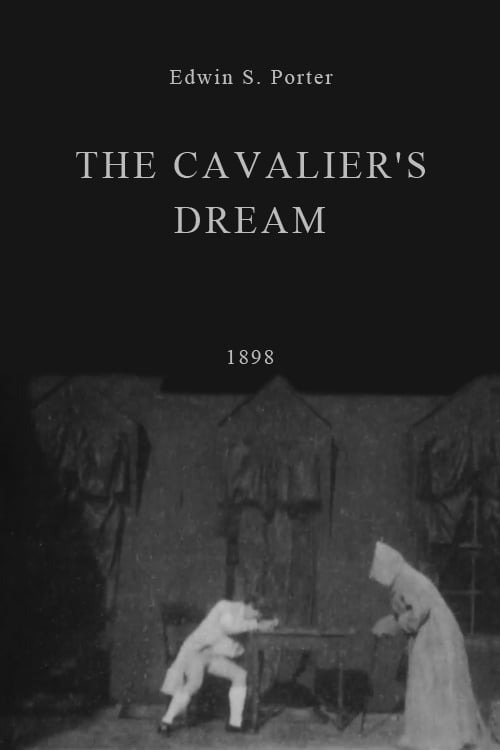
★½
Plot: A cavalier is taunted in his dreams by a witch.
Review: This film fails in its attempt at dream-like surrealism. Even the substitution splicing, though interesting, is messy.
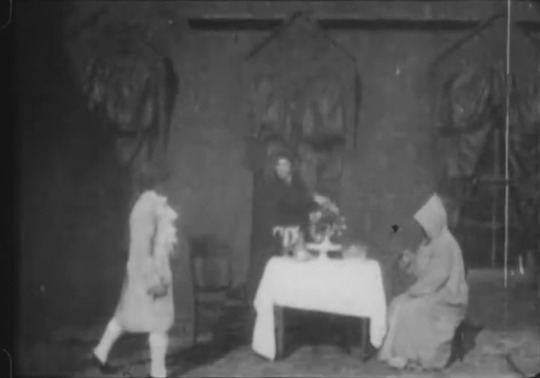
Year: 1898 Genre: Dark Fantasy, Surrealist Country of Origin: United States Language: Silent Runtime: 46 seconds

Director: Edwin S. Porter Writer: Edwin S. Porter Cast: Unknown
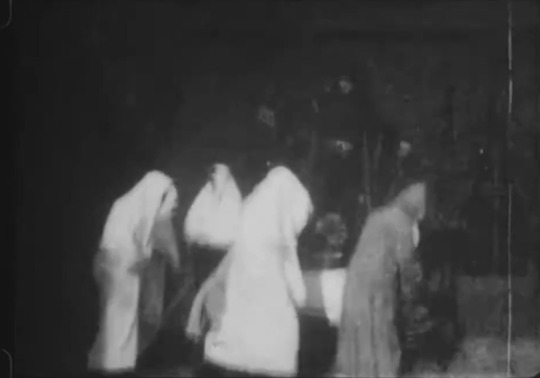
-----
Story: 0/5 - Utterly incoherent.
Performances: 1/4 - Fairly low energy.
Effects: 2.5/5 - The substitution splicing is solid for the time, but overdone.
Sets: 2/5
Costumes & Make-Up: 3/5 - The period costumes are decent enough, but the robes are cheap.
youtube
#The Cavalier's Dream (1898)#The Cavalier's Dream#Edwin S. Porter#supernatural horror#surrealist horror#Dread by the Decade#review#1890s#★½
15 notes
·
View notes
Text

#movies#polls#the great train robbery#great train robbery#1900s movies#edwin s. porter#gilbert m. anderson#john manus dougherty sr.#frank hanaway#adam charles hayman#robert milasch#have you seen this movie poll
83 notes
·
View notes
Text
January 1, 2024: The Great Train Robbery (1903)
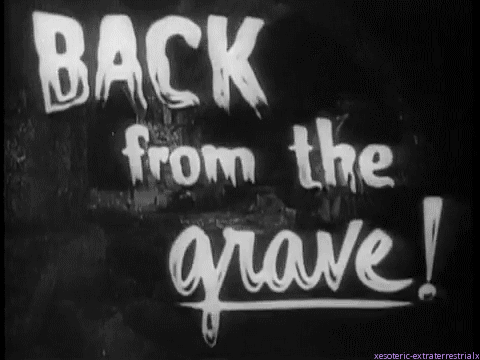
I LIIIIIIIIIIIIIIIVE
So. It's been a while. Life has been busy for the last couple of years, lemme tell you. I love this blog and I love movies, but writing can be...time-consuming for me. Anyway, I figure, why not start this whole thing over again, huh? Well, mostly. Am I gonna get to 365 movies this year? Frankly, that's unlikely, for a number of reasons. BUT! I can at least start small. And, since doing action films in January is a bit of a blast from the past...why not go all the way back this time? Plus, hey - it's a good way for me to get back into the swing of things.
Film history time!

Without going too far into it, the modern film industry began in the 1890s. The first moving pictures were mostly short documentaries, showing live as captured through multiple successive images. L'arrivée d'un train en gare de La Ciotat is often called the first film publicly shown, but that's a misconception. What is true, however, is that the film was made by two luminaries in film history: the Lumiere brothers. Their invention, the cinématographe, was essentially an early film camera, and the brothers used it to document real life.
However, for every good 19th century inventor, there's got to be a rival. And honestly, when you're talking about the 1890s, there's only one real rival to speak of for a given inventor: the Wizard of Menlo Park.
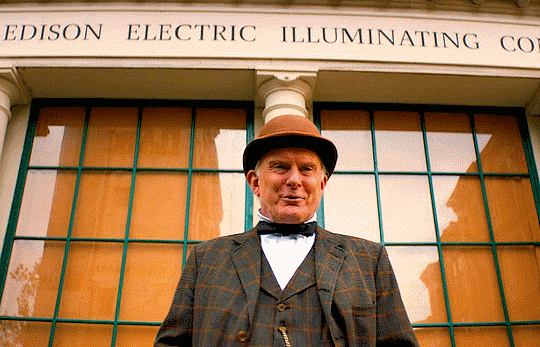
Edison, of course, is legendarily one of the biggest assholes in American history. However, to his credit, the man was genuinely brilliant. Coming up with or perfecting various contraptions and inventions, Edison was a dynamo. In 1889, he had the idea for a device that could capture and display visuals to accompany sounds from the phonograph (which he'd, of course, invented). He had a member of his think tank, William Kennedy Dickson, develop the device, and they created their own early video camera of sorts. With the combination of these two teams, amongst others here and there, the first films began distribution around 1893.
However, again, these were mostly capturing real-life footage. The first narrative films began around 1896, likely with La Fée aux Choux in that year. A minute-long film, this is arguably the first non-documentary to be produced, and would be the first of a new industry. And, fun fact, the first film to be directed by a woman, Alice Guy! After this, the Edison Manufacturing Company released the first commercially available film, The Kiss, and made buckets of cash. The film industry is born.
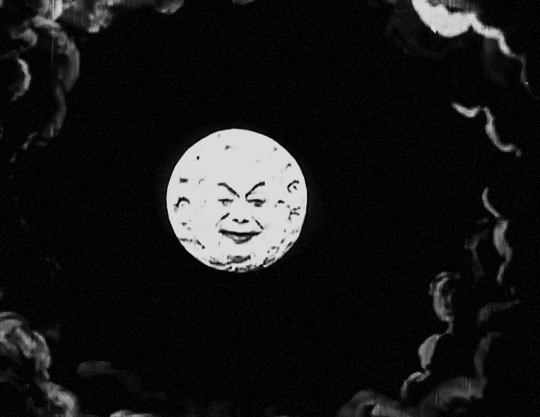
But to really hit the head on narrative film, you have to go back to France. There, illusionist Marie-Georges-Jean Méliès expanded the genre with creative sets and productions that took film into the realm of the fantastic. Inventing a number of basic tricks like dissolves and multiple exposures, Georges is the true pioneer of early film. His 1902 film, Le Voyage Dans La Lune (you know, the one where they land a ship in the Moon's eye) is considered a classic to this day, amongst other Méliès staples like Cendrillon and Le Manoir du Diable.
However, Georges isn't alone. The UK has a slew of filmakers entering the scene with their own efforts, while in the US, Edison's company is continuing their work as well. Most prominently for this story, perhaps, is the work of one of Edison's early cameramen, and therefore one of his first directors, Edwin S. Porter. Porter started with Edison in 1901, and was one of the first real film scholars. Taking from the other prominent directors of the day, he injected craft into the films he worked on for the company. At this point, one of the big things in American cinema was the brand new Western genre.

This is the point to clear up a bit of a misconception about Western films: The Great Train Robbery was in no way the first one. OK, so, the Western has its origins in Wild West shows, like Buffalo Bill's Wild West, which would travel around the world to show off the adventure and action of the American West. In fact, that GIF up above is Annie Oakley, who was filmed by Edison's Kinetoscope as an early film doing her sharpshooting act, which was a part of the show! Anyway, these exhibitions also traveled to the UK, where they made a massive impact. America was the land of the Wild West, and it arguably wouldn't shake that image until around World War II.
Because of this, the first Western films were actually filmed in England, not the United States! The first was Kidnapping by Indians in 1899, followed by A Daring Daylight Burglary in 1903. That film in particular inspired Potter, alongside an 1896 play called The Great Train Robbery, to make...well, you read the title of the review. That film is sometimes called the first Western film by mistake, but is usually forgotten in favor of Porter's film. In any case, though, the Western genre was born in the silent film era.

From that point, of course, history is made. Stars like Tom Mix, John Wayne, and Jay Silverheels make their way into the public zeitgeist. Characters like Bronco Billy, or the Lone Ranger and Tonto become household names. Classic films like Stagecoach and more bring the genre to new heights, while even comedians like Laurel and Hardy (above) get into the game with Way Out West. Even actual Western figures like Wyatt Earp became a part of the industry briefly, consulting on how things were in those wild days. It was a new dawn for film, and a unique era.
Of course, I've talked about Westerns before. Didn't get to cover much that month, but I covered a few films like Stagecoach. I even got some facts wrong in that recap about the first Western! Go figure. Anyway, that's a brief history of the Western film genre up to this point. But why cover this now? Well, this is also, for all intents and purposes, one of the first action films in cinema history. Ironically, the idea of action on screen would kick off an entirely different genre. Rather than spinning off into the Western, which became its own thing, the first iteration of the action genre was the adventure film, and guns were supplanted by another weapon.
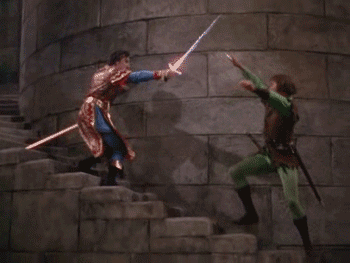
...I really wanna talk about this film on this blog, because I adore it so much. Anyway, the swashbuckler was the next real action film genre to emerge, but that's a question for the next review, I think. In the meantime, let's get to The Great Train Robbery! This post is a little bit of a return to form for me, writing a recap and review with my 5 categories of criticism. This format might not be maintained with every film I talk about this year (however many that'll be), but I'll play it by ear depending on the film! And, so, without further ado...
SPOILERS AHEAD!!!
Recap
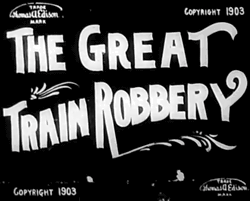
This recap is gonna be kinda weird, since as far as I can tell...there are no dialogue cards in this movie. A lot of what I'm writing here is a combination of inference and observation, as well as coordinating it with other synopses online after I'm done writing. So, yeah, this is an interesting one. Completely silent, as well.
A pair of bandits enter the room of a telegraph office, holding the clerk at gunpoint, and ordering him to write a missive of some kind before tying him up. The entire team of four bandits wait outside of the water tower used to refuel this old steam train, then sneak aboard. They immediately enter a firefight with a mail clerk on the train (who's apparently packing, damn), and kill him, then use a stick of dynamite to open a box that I assume contains valuables.
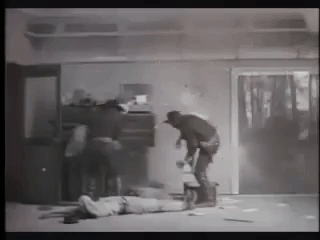
Two of the bandits climb to the top of the train, where one has a fist-fight with the fireman and...throws him off the train, damn! It's a dramatic throw, too. Anyway, once this happens, the train stops, and the bandits hold the passengers hostage aboard the train as the engine car is disconnected. The passengers are held up for their belongings, and...Jesus, guys, there are a LOT more of you than there are of the gunmen! Somebody just jump one of 'em!
Well, as if to answer my question, one of the passengers tries to run away, and gets shot in the back for his trouble. So, yeah, OK, I see the risk, but...I dunno, they only have so many bullets, I think you guys could take 'em. Anyway, the bandits escape, and the passengers immediately tend to the one who was shot. The bandits board the engine car and take off with their loot.
The party escapes into the woods a-ways down the train tracks, and meets up with their waiting horses. Meanwhile, the operator back at the station manages to get up and send out a message. His young daughter walks in and VERY smartly cuts her dad loose, making her the official hero of the film. She wakes him up, and we cut back to a dance party attended by some local lawmen. We get that Western trope where the lawmen shoot at a guy's feet to get him to dance, leading me to wonder if this is where that trope comes from?
The operator bursts in and tells the group of the trouble. They ride out to confront the bandits on horseback, but one of them gets shot in the process. Eventually, this leads to an all-out brawl in the woods, where the bandits are cut down as they count their loot. Good guys win, and the entire film ends with this classic shot of one of the bandits.
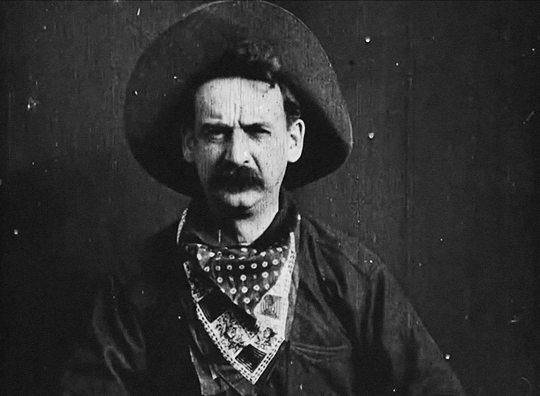
Review
So! Can I even review this one the way I would normally? I mean, probably; short films and silent films are still both films, after all, so it's not like it doesn't qualify. But there are some things obviously missing, or that need to be taken into context here. So, to go through it via bullet point method:
Cast and Acting - 7/10: Well, the actors are mostly forgotten, sorry to say; and while we know their names, none of them were actually credited in the film. The main character is arguably the bandit leader, as played by Justus Barnes, and possibly Gilbert Anderson as a few characters (including the dancer in the dance hall and the shot passenger), and Robert Milasch as the tied-up clerk (I think). Plus, it has arguably the first child actor in the form of Marie Snow, but that may need to be fact-checked. Still, they were all fine, especially for the time. Acting for no audience was sort of a new thing, after all. Hard to judge, this one.
Plot and Writing - 8/10: Hey, there is a plot, even if there's not really writing beyond a screenplay. Our writers here are director Edwin S. Porter and Scott Marble, who wrote the play this was based on. And for what it's worth, it's a simple plot. Men rob train, men get stopped. That's it. Not exactly Primer, this one.
Directing and Cinematography - 8/10: For what it's worth, I think Edwin S. Porter did a decent job in this outing. Again, this is a new doctrine entirely, so it's not like we're gonna find much creativity in either category here. Hell, according to some angles, Porter technically invented the concept of direction, but that's a very nuanced take on his role. At this point, directing just meant pointing the camera. Cinematographer (and yes, there was one) J. Blair Smith also did fine, as far as I'm concerned. Plus, hey...that last shot is iconic.
Production and Set Design - 9/10: Honestly, felt like I was watching a train robbery. So, it may feel a little Party City in terms of the bandit and lawmen costumes, but it also was authentic, so...yeah, high marks for this one.
Editing - 9/10: Normally, of course, I'd put music in this category, but...well, there's no music. So, it falls to editor...uh...oh. Shit. Wait, there's no actual editor for this one? I guess the closest I can get is Edwin S. Porter, who really carried this film. And there is editing, there has to be. After all, it managed to tell a story with literally no dialogue. No cards, no mouthed word, no music, nothin'. And yeah, I really wish that first or last one was in here at least, but the film still works without it.
So, yeah, in the end, that's an 84% for me! Which is probably causing some elderly film critic's tenderly cared-for stress-rage aneurysm to finally pop, but hey - it's how I feel. Great piece of history, completely free, and required cinephile viewing! Just go to Wikipedia or the Library of Congress.
OK, with that short-fill warm-up finally done, let's proceed through action film history! Good to be back!
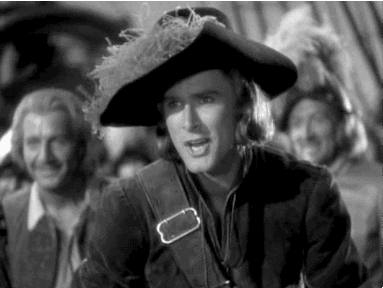
Next: Captain Blood (1935); dir. Michael Curtiz
#user365#365 days 365 movies#365 movies 365 days#365 movie challenge#action january#action#action movie#western#western film#action film#action genre#edwin s porter#edwin s. porter#the great train robbery#the great train robbery 1903#365days365movies#silent film
5 notes
·
View notes
Text
Tess of the Storm Country, 1914
Tess of the Storm Country is a 1914 silent drama directed by Edwin S. Porter. It is based on the 1909 novel of the same name by Grace Miller White. It stars Mary Pickford, in a role she would reprise eight years later for the 1922 adaptation by John S. Robertson. In 2006, the film was named to the National Film Registry by the Librarian of Congress, for its “cultural, aesthetic, or historical…
0 notes